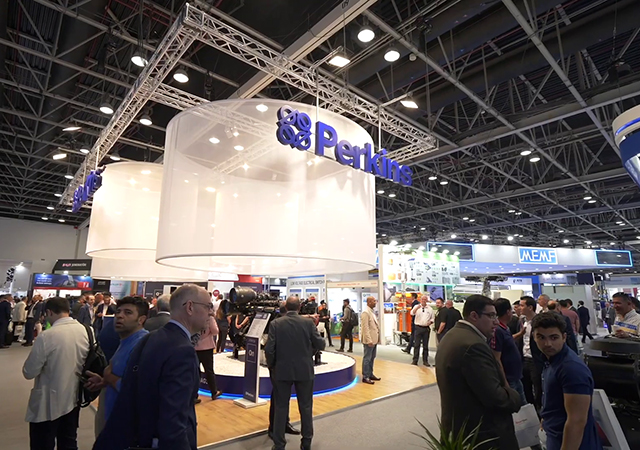
 The new scanner comes with huge power savings
The new scanner comes with huge power savings
Siemens Healthcare has expanded its portfolio of magnetic resonance imaging (MRI) systems to include the 1.5-tesla scanner Magnetom Amira. The new MRI scanner offers the same technologies that are available on the Siemens flagship MRI systems. Magnetom Amira also stands out against other scanners on account of its lower operating costs. One reason is the new “Eco-Power” technology that enables power savings of up to 30 per cent in standby mode compared to when the feature is not activated. By combining high image quality with comparatively low costs per scan, Magnetom Amira meets the requirements of radiology practices, small and medium-sized hospitals and larger facilities that are looking for a system to complement their existing devices.
The new product should make it easier for customers to operate their MRI systems efficiently. Many examinations can be scheduled for 10 minutes, enabling a large number of patients to undergo scans in routine applications. Siemens offers a comprehensive package of protocols for Magnetom Amira that is optimised for rapid examinations while maintaining high image quality. In addition, DotGO, the latest generation of MRI examination software, simplifies protocol management and offers the right operating sequence for each individual scan to suit requirements. This helps increase the consistency, reproducibility and efficiency of examinations.
Overall operating costs play a key role in using a scanner economically. Magnetom Amira is the first Siemens MRI scanner to be equipped with the “Eco-Power” technology, which monitors and controls the state of the helium that is responsible for cooling the magnet. Activated during standby mode, it monitors the liquefaction cycle and manages the cooling and helium re-liquefaction process more efficiently. This means that a power saving of up to 30 per cent can be achieved in standby mode compared to when the feature is not activated. In combination with the “Zero Helium Boil-Off” technology, among others, which prevents the helium from evaporating, Magnetom Amira can help considerably reduce operating costs each year compared to Magnetom Symphony generation MRI systems. As an example, a comparison based on typical cost structures in Japan shows potential savings in operating costs up to 20,000 euros; savings depend on individual use of the device and other factors and may vary.
To enable high diagnostic reliability and patient comfort, Magnetom Amira is equipped with Siemens’ latest applications and syngo MR E11 software architecture. If a hospital runs a Magnetom Amira, with its 60 cm patient bore, alongside other Siemens devices, employees can switch seamlessly between the scanners. In addition, most coils can be exchanged between all current 1.5-tesla MRI systems with Tim4G technology, another cost saving potential. Part of the software platform is the “Quiet Suite” technology that helps minimise the loud noises that can be generated during an MRI examination. Optimised gradient switching reduces the sound pressure by up to 97 per cent (compared to the same device without “Quiet Suite” technology) during complete neurological and orthopaedic examinations, with no compromise in image quality and no prolonged examination times. Some measurements using Magnetom Amira can even be performed inaudible over background noise, which benefits both the clinical staff and the patients.
Siemens Healthcare has said Magnetom Amira is not commercially available and, due to regulatory reasons, its future availability cannot be guaranteed.














